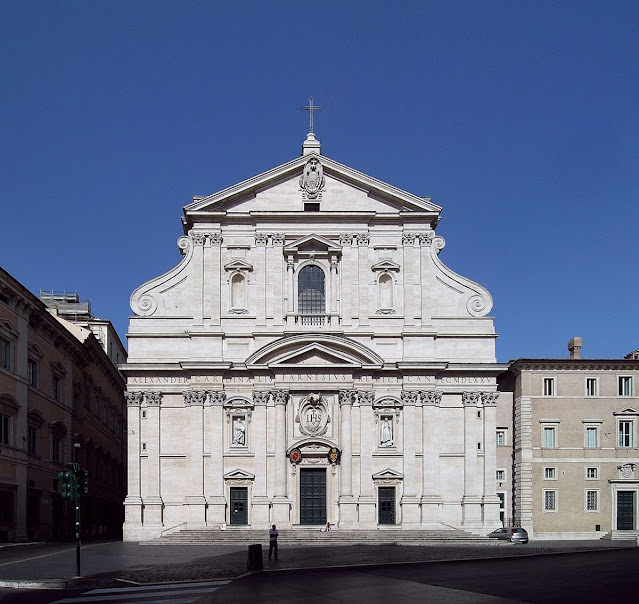Baroque architecture, architectural style originating in late 16th-century Italy and lasting in some regions, notably Germany and colonial South America, until the 18th century. It had its origins in the Counter-Reformation, when the Catholic Church launched an overtly emotional and sensory appeal to the faithful through art and architecture. Complex architectural plan shapes, often based on the oval, and the dynamic opposition and interpenetration of spaces were favoured to heighten the feeling of motion and sensuality. Other characteristic qualities include grandeur, drama and contrast (especially in lighting), curvaceousness, and an often dizzying array of rich surface treatments, twisting elements, and gilded statuary. Architects unabashedly applied bright colours and illusory, vividly painted ceilings.
Outstanding practitioners in Italy included Gian Lorenzo Bernini, Carlo Maderno, Francesco Borromini, and Guarino Guarini. Classical elements subdued Baroque architecture in France. In central Europe, the Baroque arrived late but flourished in the works of such architects as the Austrian Johann Bernhard Fischer von Erlach. Its impact in Britain can be seen in the works of Christopher Wren. The late Baroque style is often referred to as Rococo or, in Spain and Spanish America, as Churrigueresque.




No comments:
Post a Comment